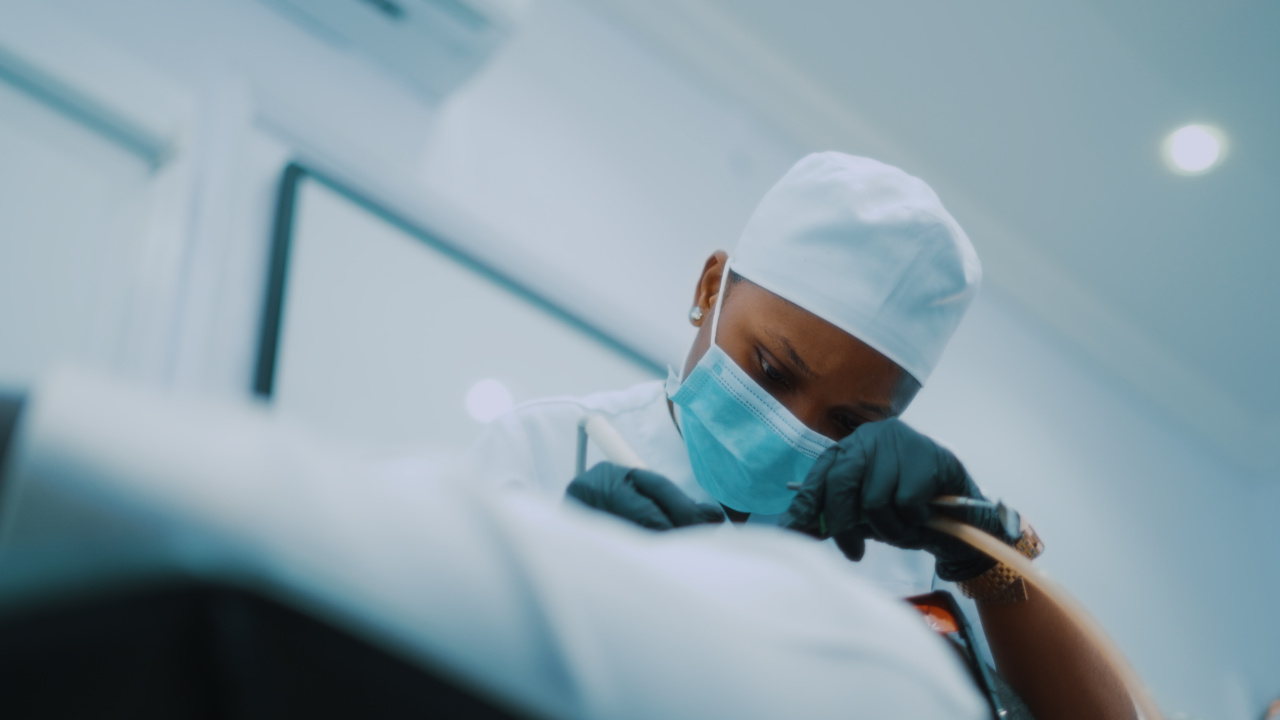Meniscus tears are a common knee injury, often resulting from sports activities or accidents. The meniscus is a C-shaped cartilage located in each knee joint, providing stability and cushioning.
Traditional treatment methods for meniscus tears include physical therapy, pain medication, and surgical procedures such as meniscectomy or meniscus repair. However, these methods have limitations, and researchers have been exploring innovative ways to improve meniscus surgery outcomes.
The Potential of Autologous Stem Cells
Autologous stem cells have garnered significant attention in the field of regenerative medicine due to their ability to differentiate into various cell types and facilitate tissue repair.
These stem cells can be obtained from a patient’s own body, reducing the risk of rejection or adverse reactions.
Researchers have been investigating the use of autologous stem cells in meniscus surgery, aiming to revolutionize the treatment approach and improve patient outcomes.
By harnessing the regenerative potential of stem cells, scientists believe they can enhance meniscus repair, reducing pain and improving knee function.
Understanding Meniscus Tears
Before delving into the potential of autologous stem cells, it’s crucial to understand the nature of meniscus tears. Meniscus injuries can occur in different regions of the knee and can either be traumatic or degenerative.
Traumatic tears are often caused by sudden twisting or pivoting movements, while degenerative tears are the result of repetitive stress over time.
One common issue with meniscus tears is the limited healing capacity of the meniscus. Unlike other tissues in the body, the meniscus has a poor blood supply, making it challenging for the body to repair itself effectively.
This limited healing response often necessitates surgical intervention.
Traditional Meniscus Surgery
In traditional meniscus surgery, surgeons use arthroscopic techniques to remove the torn or damaged portion of the meniscus (meniscectomy).
While this approach provides short-term relief from pain and symptoms, it does not address the underlying issue of meniscus degeneration. Consequently, patients who undergo meniscectomy are at higher risk of developing knee osteoarthritis in the long term.
Alternatively, meniscus repair involves suturing the torn edges of the meniscus back together. However, this method is only suitable for specific tear patterns, and the success rate diminishes for complex or larger tears.
Furthermore, the repaired meniscus may not regain its original strength and functionality.
Revolutionary Approach: Autologous Stem Cell Therapy
Autologous stem cell therapy offers a promising solution by harnessing the body’s regenerative potential to repair the meniscus effectively.
The procedure involves collecting a patient’s own stem cells, typically from their bone marrow or adipose tissue, and then delivering them directly into the site of the meniscus tear.
Once the stem cells are injected into the damaged area, they start differentiating into the required cell types for meniscus repair.
These cells promote the growth of new tissue and stimulate the healing process, effectively replacing the damaged or torn portion of the meniscus.
Benefits of Autologous Stem Cell Therapy for Meniscus Tears
The use of autologous stem cells in meniscus surgery offers several benefits:.
1. Enhanced Healing
Stem cells possess the remarkable ability to differentiate into various cell types, including meniscal cells.
By introducing stem cells into the damaged area, the healing process is accelerated, allowing for more efficient repair and regeneration of the meniscus.
2. Reduced Risk of Complications
As autologous stem cells are obtained from the patient’s own body, there is a significantly lower risk of rejection or adverse reactions compared to using cells from an external source.
This reduces the likelihood of complications and improves overall treatment safety.
3. Preservation of Meniscus
Unlike meniscectomy, which involves the removal of a portion of the meniscus, autologous stem cell therapy allows for the preservation of the meniscus tissue.
Preserving as much of the meniscus as possible is crucial for maintaining knee stability and preventing the onset of knee osteoarthritis.
4. Improved Long-Term Outcomes
By promoting the growth of healthy meniscal tissue, autologous stem cell therapy can lead to improved long-term outcomes.
Patients who undergo this revolutionary procedure are less likely to experience recurrent tears and have a reduced risk of knee osteoarthritis.
Current Research and Clinical Trials
Researchers and medical professionals are actively exploring the potential of autologous stem cell therapy for meniscus tears. Numerous preclinical and clinical trials have been conducted to evaluate the safety and effectiveness of this approach.
Preliminary results from these trials have shown promising outcomes, with improvements in pain, function, and meniscus healing.
However, further research is still needed to optimize the techniques and determine the optimal conditions for stem cell therapy in meniscus surgery.
Conclusion
The revolutionization of meniscus surgery with autologous stem cells brings new hope to individuals suffering from meniscus tears.
By harnessing the regenerative potential of stem cells, this innovative approach offers enhanced healing, reduced risk of complications, and improved long-term outcomes.
As the research and clinical trials progress, it is anticipated that autologous stem cell therapy will become a routine treatment option for meniscus tears, providing a more effective and sustainable solution for patients, ultimately improving their quality of life.




























